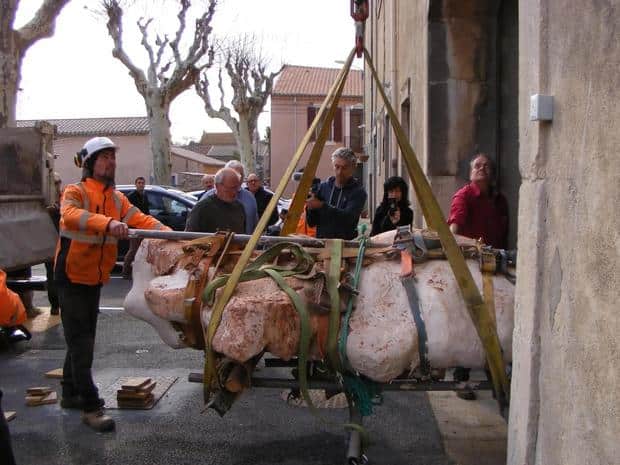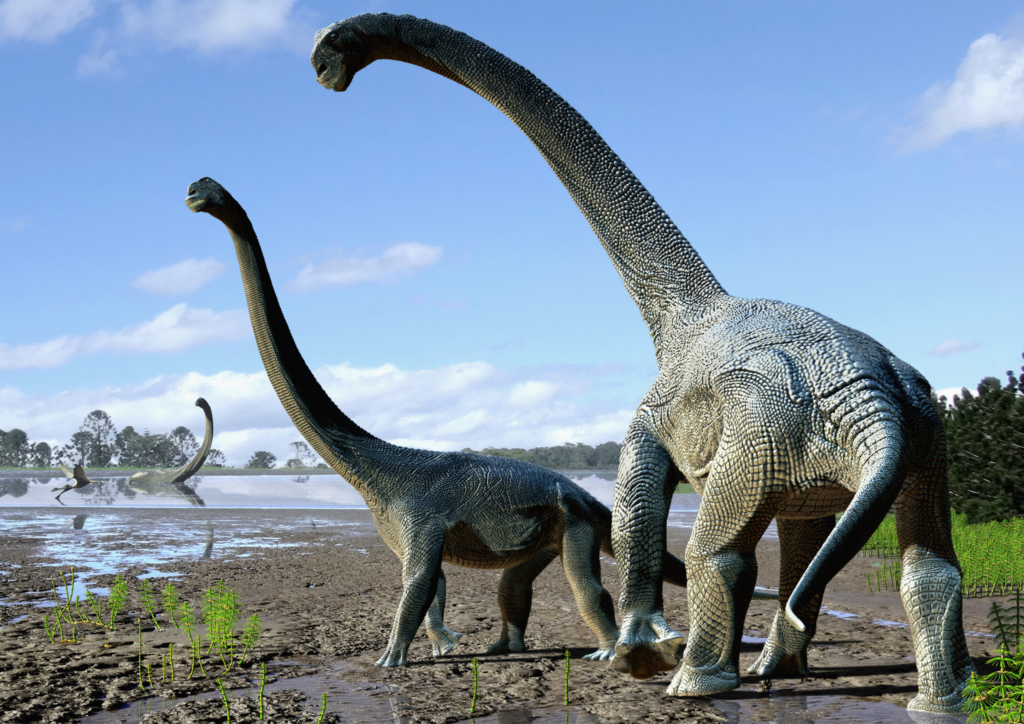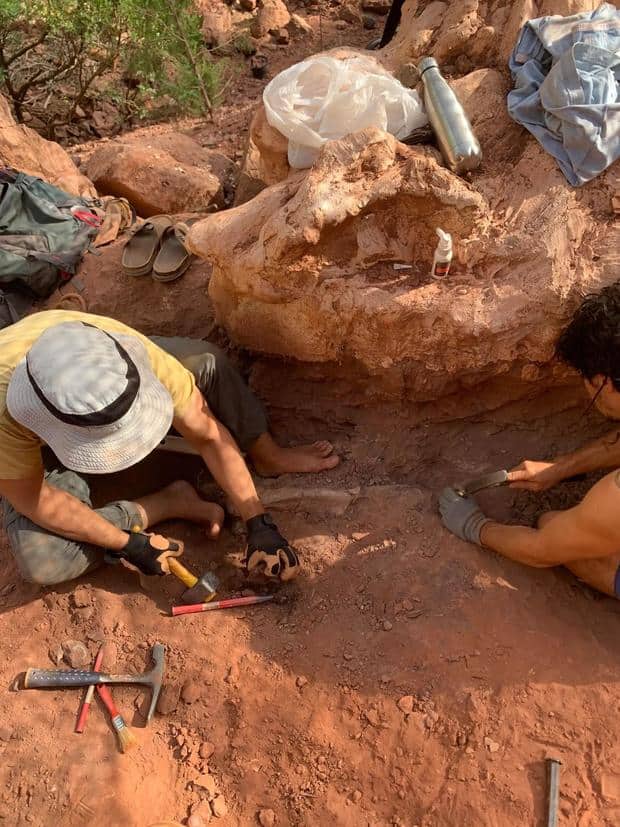
It looked like any other day for 25-year-old Damien Boschetto, who was out and about walking his dog around the serene landscape of Montouliers, Hérault, France. But it’s not every day that you get to stumble across a 70-million-year-old piece of history.
This happened around two years ago, not long after a recent landslide had occurred. The landslide had exposed the edge of a cliff where Boschetto, an amateur paleontologist, noticed large bones. His trained eye quickly allowed him to ascertain that these were dinosaur fossils.
After a few days of excavation with experts from a local museum, the researchers realized that these were the remains of a Titanosaur, one of the largest dinosaurs to have ever walked on Earth.
The find of a lifetime

To make matters even more intriguing, when the fossils were arranged and put together, they formed a nearly complete 30-foot-long skeleton. It’s exceedingly rare to find a dinosaur skeleton so well preserved and complete.

Boschetto reported his findings to a local association dedicated to cultural, archaeological, and paleontological pursuits. Experts from the association determined the fossil to be approximately 70 million years old, offering a rare glimpse into the life of titanosaurs.
These plant-eating behemoths, famous for their elongated necks, roamed the earth from about 150 to 66 million years ago. Every continent was inhabited by their massive presence.

Despite the many fossils and tens of thousands of excavations across the years, finding an almost intact dinosaur skeleton remains an extraordinary rarity. To put it into perspective, a previous study highlighted that, despite an estimated 1.7 billion Tyrannosaurus rex-es once living in the Cretaceous period, paleontologists have only uncovered fossils of fewer than 100 individuals. And most of these T. rexes are known from partial remains.

A find worth protecting
The most complete T. rex is a specimen called Sue at display at the Field Museum of Natural History in Chicago. About 90 percent of its skeleton has been preserved. The titanosaur discovered by Boschetto is about 70 percent complete.
Presently, there’s no word on which particular species of titanosaur we’re talking about here. But we’ll likely know more once the findings are formalized in a peer-reviewed scientific paper.
“The recent discovery of a new deposit in the neighboring town of Montouliers provides us with an assemblage of dinosaur skeletons in almost complete anatomical connections (the bones of the animal are still articulated to each other). This is a very rare and exceptional discovery in France and Europe,” Boschetto told Newsweek.
The discovery has remained a closely guarded secret until recently to protect the site from vandals. The dinosaur will soon be put on display at the Cruzy Museum. As for Boschetto, he said he recently quit his job in the energy sector to pursue a master’s degree in paleontology. Looks like he won’t be an ‘amateur’ for too long.
This article originally appeared in March, 2024 and was updated with new information.


